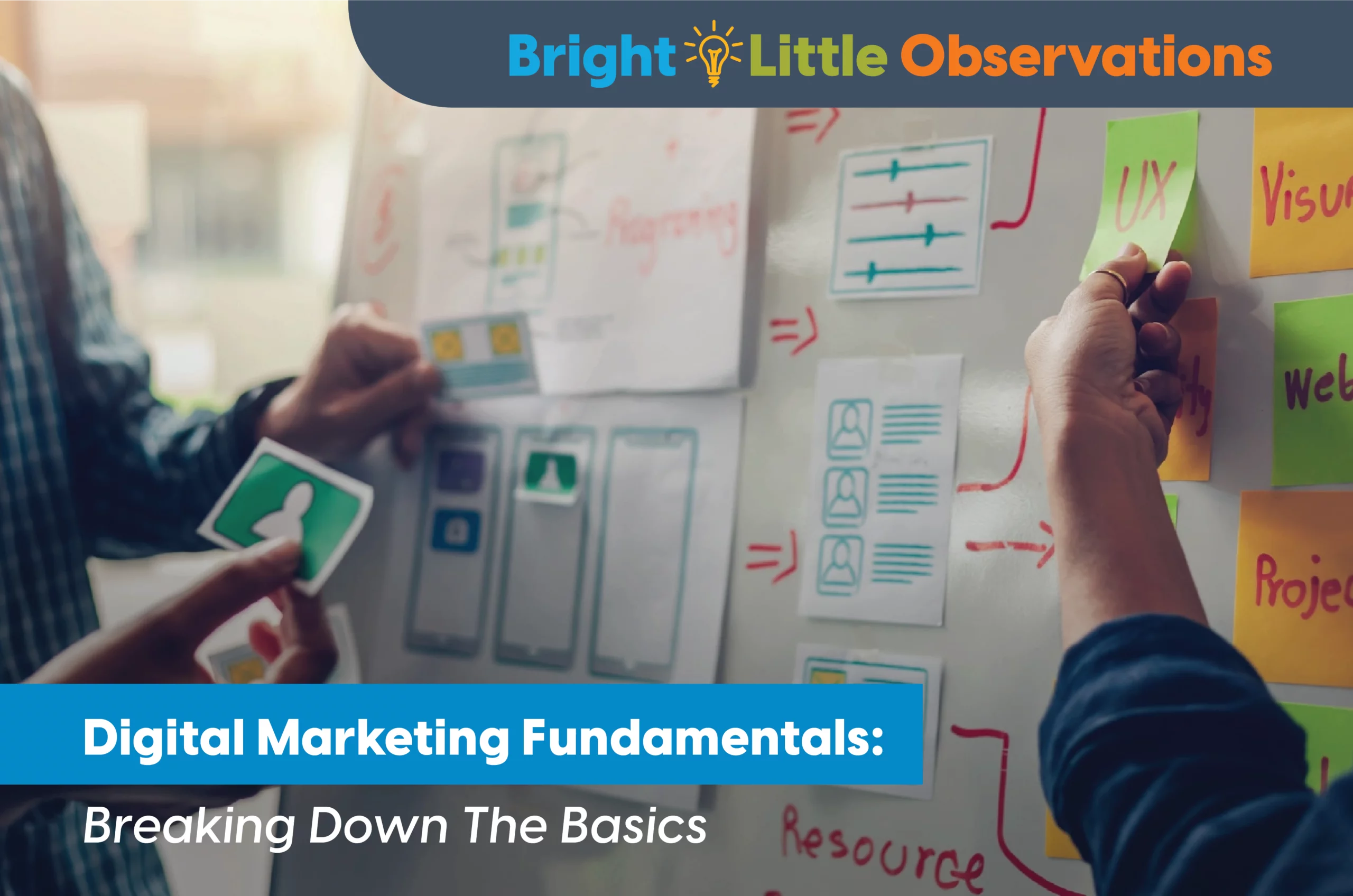


The digital marketing space is dynamic and changes rapidly. The one constant? Its definition.
Also known as online marketing, digital marketing is the promotion of brands to connect with potential customers (or donors/volunteers) using the internet and other forms of digital communication.
Beyond that sentence, digital marketing is constantly evolving. What was once finding ad space on a web page or sending a promotional email has become a wide variety of touchpoints geared around reaching the right people … on the most effective platforms … at exactly the right times.
Sound daunting? It doesn’t have to be. In part one of this blog series, we’re breaking down the fundamentals to help you master the basics of digital marketing for nonprofits.
Why is digital marketing important for nonprofits?
It’s crucial to meet your donors where they are — and the fact of the matter is, they’re online. According to the Blackbaud Institute, “Online giving in 2021 grew 9% year over year for the 4,535 nonprofit organizations in the analysis. This was on top of significant growth in 2020, as well. Donors continue to show positive trends in terms of online giving and donations made on a mobile device.”
Digital marketing opens up many avenues for you to reach your supporters, volunteers, clients and potential new donors online. It can help you promote your message and mission, raise funds and build a strong community of individuals who believe in your cause.
Digital marketing can take many forms, but for the moment, let’s begin by distinguishing between two fundamental pillars: mobile and desktop.
Desktop Marketing
Desktop marketing is based on web ads shown within the browser while desktop users surf the internet.
Mobile marketing may have boomed in recent years, but that doesn’t mean that desktop marketing tactics are obsolete.
One clear advantage of desktop marketing is the screen size. A large desktop display gives your advertisements the chance to shine in a higher resolution. This medium can be an effective marketing platform for everything from social media to email to paid search to display advertising.
Mobile Marketing
Mobile marketing is a multi-channel online marketing technique focused on reaching a specific audience on smartphones, feature phones, tablets, or other related devices through websites, email, SMS and MMS, social media, or mobile applications.
Mobile marketing can also deliver on all of these methods, but a new level of engagement can be achieved with the addition of SMS marketing and in-app advertisements on mobile platforms. Mobile can also come in handy with programmatic advertising, such as podcasts and online radio.
Ultimately, mobile and desktop marketing aren’t at odds with one another — in fact, it’s a combination of both that produces the best results. Your organization should aim to maintain a consistent message across both desktop and mobile, but don’t just treat mobile as a “scaled-down” version of desktop. Lean into what makes them different, create content optimized for them separately, and you’ll likely see greater results.
Foundational Tactics
Now that we’ve explored the numerous ways you can advertise online, it’s important to remember that these tactics won’t deliver efficiently or effectively if you don’t have an excellent digital core to start with. Think about it this way … would you throw a grand opening celebration for a new building before the foundation was poured? Of course not! Similarly, sending your message to the digital world is most effective when you direct them to a stellar established online presence. Usually, this starts with your website.
It All Starts With Your Website
Having a website that is easy to navigate, optimized for mobile usage, quick to load and full of information is critical in today’s competitive online world. The attention span of the average online user is short and only getting shorter. It’s key to use the limited time you have to make a good first impression that delivers on (or exceeds!) the user’s expectations to establish your presence as genuine and your message sincere.
It’s essential for your website to be as user-friendly and accessible as possible.
Once you’ve created a great place for people to land, it’s time to drive them there.
Search Engine Optimization [SEO]
Search Engine Optimization (SEO) is the process of making on-page and off-page modifications to your website to improve rankings in search engine results. It’s more important now than ever to have a healthy presence in search engines. Why?
Research shows that the average search ends before the searcher gets much further past the first five listings.
Through a healthy Search Engine Optimization strategy, including the right keywords, rich links and detailed information on your site, your Google results can bring you success in the digital marketing space and establish you as an authoritative source on the subject matter.
Generating keyword-optimized content can pay dividends for years! Content reflects authority, builds credibility and tells Google to check your site often.
Content Marketing
Having a strong message is important in any marketing strategy, but having the right message separates “success!” from “so close.” Content marketing is a strategic online approach focused on creating (and distributing) valuable information in the area you have expertise in to attract and retain a targeted audience.
This can be accomplished in several ways, from housing a blog on your site to hosting a podcast or video channel. Delivering consistent and reliable information in the knowledge or industry area you are strongest in can be a great way to maintain a healthy online presence and market your organization simultaneously.
Social Media
Once you have a solid foundation established with your website, SEO and content, the next phase of your digital marketing plan should include some form of social media. From established sites like Facebook and Twitter to the rising creative platforms like TikTok and Snapchat, commercial businesses and nonprofit organizations are finding unprecedented success on these feeds.
It’s essential, however, to focus your social approach on where you’re going to find the best audience for your messaging. Social media is a lot like taking vitamins; you should be taking them, but depending on your needs, some can deliver better results than others.
With this in mind, remember that when crafting a campaign, there is no cookie-cutter “right” way to tackle social media — it all depends on what you’re trying to accomplish.
With the right message, a consistent cadence, attention to engagement and a blend of organic and paid content, your social media can deepen your relationship with your audience and drive results.
Messaging Matters
Our best tip when it comes to mastering the digital marketing basics: don’t let your message get lost in the shuffle. In order for any of the tactics mentioned above to succeed, you must first develop that clear and concise message that matters to your organization most at its core, then target that message where it’s most impactful to the recipients. Think about what you want a potential new donor or volunteer to hear, remember and share about your organization and its mission — and treat that as your guiding star. Pair it with visually compelling graphic design, and you’ve got a recipe for success.